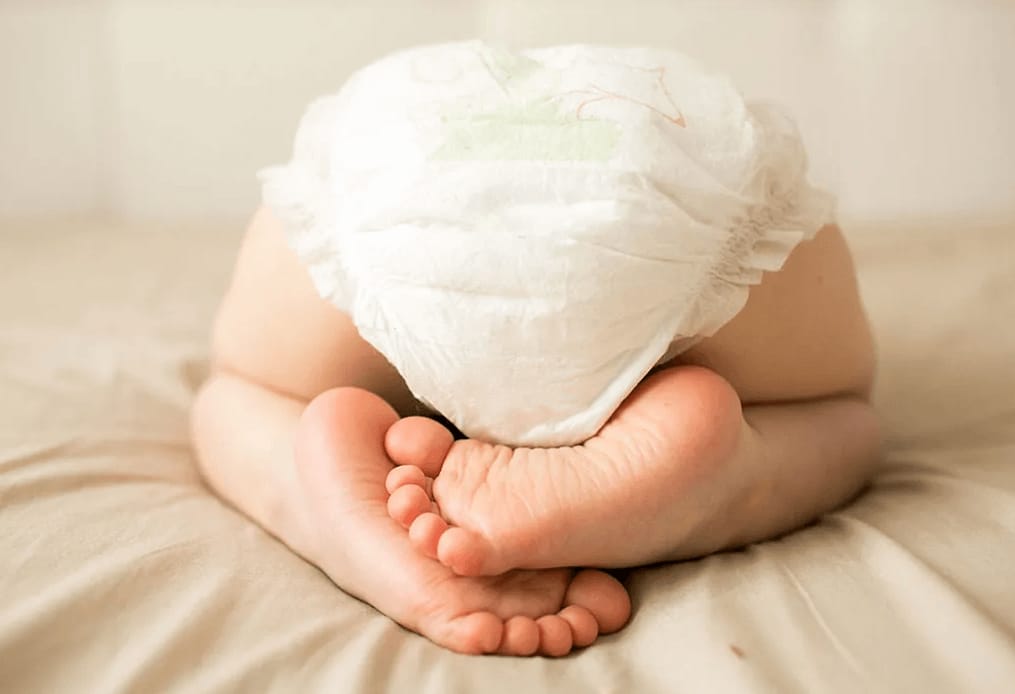- Thriving Guide
- Posts
- Diaper Rash Solutions That Really Work
Diaper Rash Solutions That Really Work
From zinc-based creams to natural remedies, here’s how to heal and prevent diaper rash effectively.

Diaper rash, or diaper dermatitis, is a common skin condition that affects both babies and adults who wear diapers. Studies estimate that 50% to 65% of babies will develop a diaper rash at some point, despite parents' best efforts to prevent it. While diaper rash is often mild and temporary, it can be uncomfortable and may worsen without proper care.
The good news is that most diaper rashes respond quickly to the right combination of preventive steps and topical treatments.
How to Treat Mild Diaper Rash
Mild rashes usually appear as pink or slightly irritated skin and can often clear within two to three days using the following methods:
1. Keep the Area Clean and Dry
Change diapers every two to three hours or as soon as they are soiled.
Let the skin air-dry for a few minutes before putting on a fresh diaper.
Choose breathable, loose-fitting diapers and avoid plastic covers.
2. Avoid Irritants
Skip scented wipes, harsh soaps, and detergents with dyes or fragrances.
Use gentle, alcohol-free baby wipes or soft cloths with warm water.
3. Use Protective Creams or Ointments
Barrier creams form a protective layer over the skin to lock out moisture and reduce friction. Look for fragrance-free products with zinc oxide or petrolatum (petroleum jelly).
Popular options include:
For babies: Vaseline, Aquaphor, Desitin Daily Defense, or Triple Paste.
For adults: Calmoseptine, Aloe Vesta, or Balmex Adult Advantage.
Application tips:
Apply a thick layer with each diaper change.
Don’t rub it in completely; let the product act as a barrier.
Avoid washing off the cream after every change (once daily is enough).
For Moderate to Severe Diaper Rash
When redness deepens or small sores appear, you may need stronger treatments:
1. Diaper Rash Pastes
These are thicker than regular creams and are better suited for healing moderate to severe rashes. Examples include Boudreaux's Butt Paste, Desitin Maximum Strength, or Aquaphor Baby Diaper Rash Paste.
2. Hydrocortisone Cream (Adults Only)
A mild 0.5%–1% hydrocortisone cream, applied twice daily for 3–5 days, may help with persistent inflammation. Always consult a healthcare provider before using it on infants.
3. Antifungal Creams
Yeast infections are a common cause of diaper rash, especially in adults or after antibiotic use. Look for OTC antifungal creams like Lotrimin (clotrimazole) or Monistat (miconazole) and apply as directed for 7–10 days.
Natural and Alternative Remedies
If you prefer natural treatments, several ingredients can soothe irritated skin:
Witch hazel: Known for its anti-inflammatory properties, available as a liquid or wipe.
Bentonite clay: A natural powder mixed with water to form a paste that may reduce redness in hours.
Calendula: A marigold extract used in balms and creams for skin healing.
Aloe vera or coconut oil: Provide natural moisture and barrier protection.
Breast milk: Traditionally used for its soothing and antimicrobial qualities.
Oatmeal baths: Adding colloidal oatmeal to a warm bath can reduce irritation.
Prevention: The ABCD Approach
A – Air it out: Let skin breathe by going diaper-free when possible.
B – Barrier: Apply a protective cream or ointment regularly.
C – Clean: Wash the diaper area gently and often.
D – Disposable diapers: Consider switching from cloth to breathable disposables during flare-ups.
When to Call a Doctor
See a healthcare provider if:
The rash persists longer than 3 days despite treatment.
There are blisters, peeling, or bleeding.
The rash is accompanied by fever or severe pain.
You suspect a bacterial or yeast infection that may need prescription treatment.
Key Takeaway
With the right routine frequent diaper changes, barrier creams, and avoiding harsh products most diaper rashes clear quickly. For stubborn or severe cases, antifungal creams or doctor-approved treatments may be necessary.
If this article helped, share it or subscribe to our newsletter for more practical health advice.